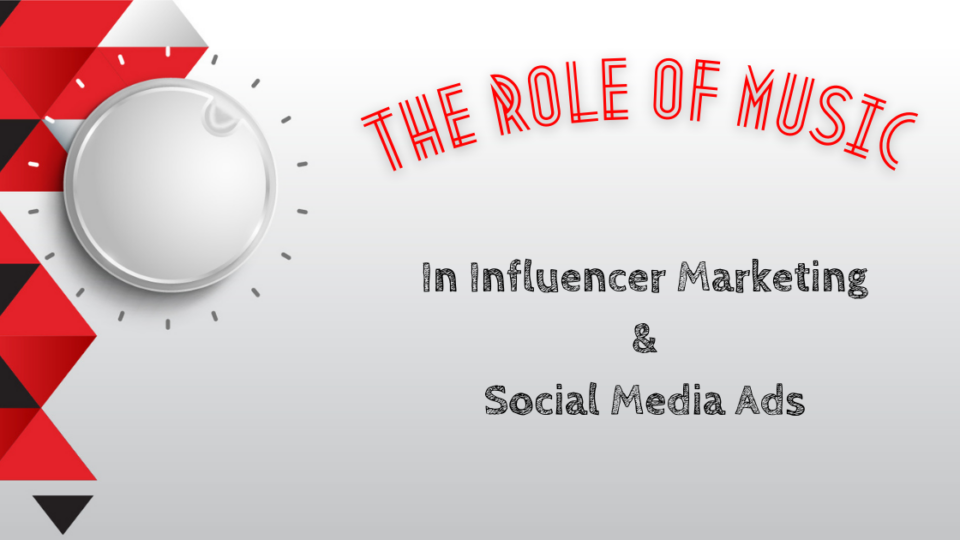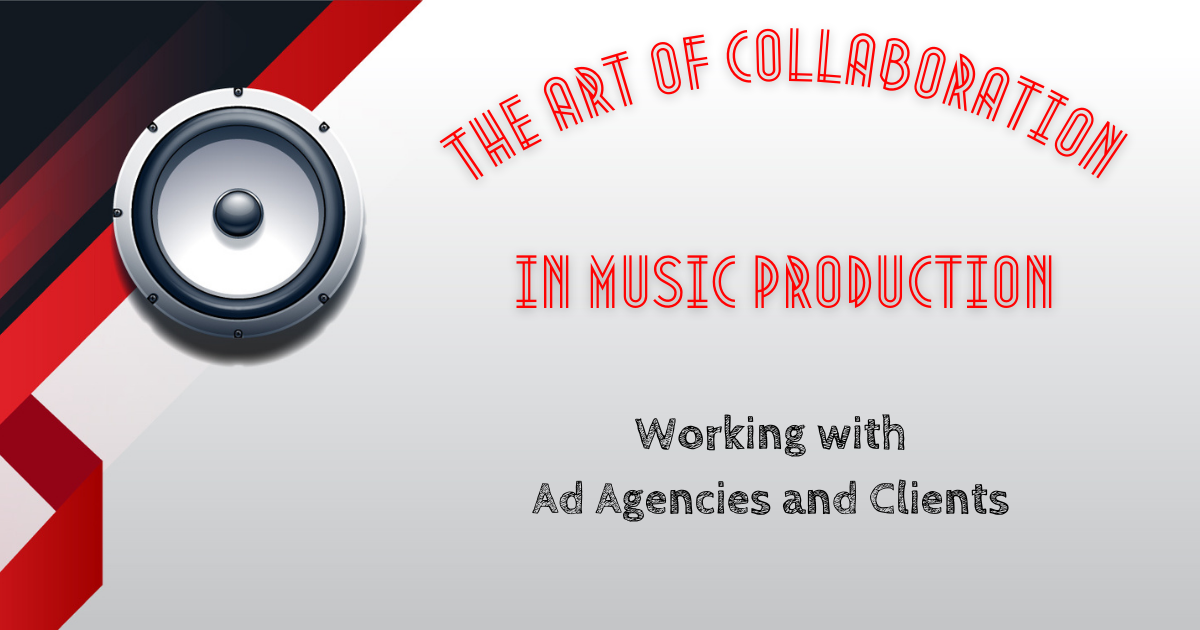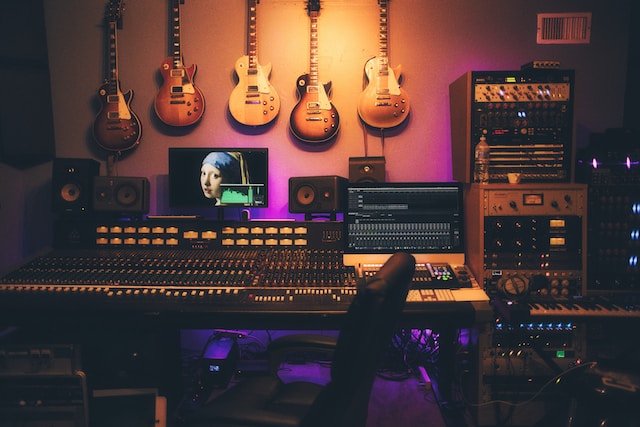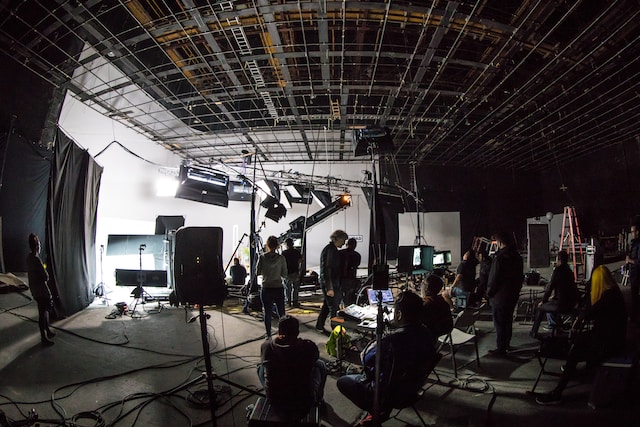Preparing For Collaboration
Before embarking on a collaborative project in music production with ad agencies and clients, it is essential to be well-prepared.
This will ensure a smooth and efficient process, resulting in a high-quality final product. The preparation stage consists of understanding the project scope, researching the ad agency and client background, and establishing clear communication channels.
Understanding The Project Scope
- Identifying the target audience: It is crucial to know the demographics, preferences, and needs of the target audience to create music that resonates with them.
This information can help inform the style, tone, and content of the music, ensuring it aligns with the project goals and objectives.
- Defining the project goals: Before starting the creative process, it is essential to clarify the project goals and objectives with the ad agency and client.
This may include the desired emotional response, brand reinforcement, or specific call-to-action. Clear project goals serve as a guideline for decision-making throughout the collaboration.
Researching The Ad Agency And Client Background
- Studying their previous work: Familiarizing yourself with the ad agencies and client’s past projects will provide insights into their creative style, preferences, and expectations. This can help guide your approach to the collaboration and ensure your work aligns with their vision.
- Identifying their brand identity: Understanding the brand identity of the client is crucial for creating music that complements and reinforces the brand’s message.
This includes elements such as brand values, tone, and visual identity, which can all inform the musical direction.
Establishing Communication Channels
- Defining roles and responsibilities: Clear communication is the foundation of successful collaboration.
It is essential to establish roles and responsibilities for each team member, including the ad agency, client, and other creative professionals involved in the project. This helps prevent misunderstandings and ensures everyone is on the same page.
- Setting up regular meetings and check-ins: To maintain a strong collaborative environment, schedule regular meetings and check-ins with the ad agency, client, and other team members.
These meetings provide an opportunity to discuss progress, address concerns, and share ideas, ensuring everyone remains engaged and informed throughout the project.
By preparing effectively for collaboration, music producers can establish a solid foundation for a successful partnership with ad agencies and clients, ultimately resulting in a final product that achieves the project’s goals and resonates with the target audience.
The Creative Process
The creative process is at the heart of collaboration in music production, as it involves transforming ideas and concepts into a tangible piece of music.
When working with ad agencies and clients, it is essential to navigate this process with open communication, flexibility, and a willingness to incorporate different perspectives.
The creative process typically consists of gathering creative input, brainstorming and conceptualizing ideas and developing and refining the musical concept.
Gathering Creative Input From Ad Agencies And Clients
- Understanding the creative brief: The creative brief provided by the ad agency or client serves as a blueprint for the music production process.
It outlines the project’s goals, target audience, key messages, and desired emotional response. Carefully studying the brief ensures that the music aligns with the overall vision and objectives.
- Identifying key messages and themes: From the creative brief, extract the key messages and themes that should be conveyed through the music.
These can guide your creative direction and ensure that the music supports and enhances the overall project.
Brainstorming And Conceptualizing Ideas
- Collaborating with team members: The brainstorming stage is an opportunity for everyone involved in the project, including ad agency representatives, clients, and other creative professionals, to share ideas and input.
Encourage open communication, as diverse perspectives can spark innovative ideas and lead to a more impactful final product.
- Presenting and discussing initial ideas: After generating a range of ideas, present them to the ad agency and client for discussion and feedback.
This collaborative approach ensures that everyone’s input is considered and that the chosen direction aligns with the project’s goals and vision.
Developing And Refining The Musical Concept
- Incorporating feedback from ad agencies and clients: As the creative process evolves, it is essential to incorporate feedback from ad agencies and clients to ensure the music remains on track with the project’s objectives.
Be open to revisions and adjustments, as they can lead to a stronger and more cohesive final product.
- Fine-tuning the creative vision: As the musical concept takes shape, continue refining the vision by making adjustments to elements such as melody, instrumentation, tempo, and arrangement.
Collaborate closely with the ad agency and client to ensure the music effectively conveys the desired emotional response and supports the project’s overall goals.
By embracing open communication and collaboration during the creative process, music producers can develop a strong and cohesive musical concept that aligns with the ad agencies and client’s vision, effectively supporting the project’s objectives and resonating with the target audience.
Production And Execution
Once the creative process has led to a well-defined musical concept, the next stage is production and execution.
This phase requires careful planning, resource allocation, and management of timelines to ensure the final product meets the project’s goals and maintains the highest quality.
Key aspects of production and execution include selecting the right talent and resources, managing the production timeline, and navigating technical and creative challenges.
Selecting The Right Talent And Resources
- Hiring musicians, vocalists, and engineers: Based on the musical concept, identify and recruit the appropriate talent, such as musicians, vocalists, and sound engineers, who can bring the vision to life.
Consider factors like their expertise, experience, and compatibility with the project’s goals and creative direction.
- Choosing the right recording studio: Select a recording studio that offers the necessary facilities, equipment, and services to support the project’s requirements. This may involve considering factors such as location, budget, and availability.
Managing The Production Timeline
- Establishing deadlines and milestones: Create a detailed production schedule that outlines deadlines and milestones for each stage of the process, from pre-production to final mixing and mastering. This helps ensure the project stays on track and enables effective time management.
- Coordinating schedules and resources: Communicate with all team members, including ad agency representatives, clients, and creative professionals, to coordinate schedules and allocate resources efficiently. This collaboration ensures a smooth production process and minimizes potential delays or conflicts.
Navigating Technical And Creative Challenges
- Problem-solving during the production process: During production, challenges may arise in areas such as recording, mixing, or mastering.
Collaborate with team members and leverage their expertise to find solutions and maintain the project’s momentum.
- Collaborating with ad agencies and clients to address concerns: Keep ad agencies and clients informed about the production progress and any challenges encountered. Work together to address concerns and ensure the final product aligns with the project’s goals and vision.
By carefully planning and executing the production phase, music producers can create a high-quality final product that effectively conveys the desired emotional response, supports the project’s objectives, and resonates with the target audience.
This collaborative approach also helps build trust and confidence with ad agencies and clients, laying the foundation for long-term professional relationships.
Review And Feedback
The review and feedback stage is essential in the music production process, as it ensures that the final product meets the project’s goals and satisfies ad agencies and clients.
This phase involves presenting the final product, incorporating feedback and revisions, and finalizing the music production.
By actively engaging with ad agencies and clients during this stage and addressing their concerns, music producers can deliver a high-quality and impactful final product that aligns with the project’s vision and resonates with the target audience.
Building Long-Term Relationships
Establishing long-term relationships with ad agencies and clients is crucial for sustained success in the music industry.
By maintaining open and honest communication, delivering consistent high-quality work, and networking to develop professional relationships, music producers can foster trust and create lasting partnerships that lead to ongoing opportunities, growth, and collaboration within the industry.
Conclusion
The art of collaboration in music production plays a vital role in the successful partnership between music producers, ad agencies, and clients.
By effectively preparing for collaboration, engaging in an open and inclusive creative process, managing production and execution efficiently, seeking review and feedback, and focusing on building long-term relationships, music producers can create high-quality and impactful work that achieves project goals and resonates with the target audience.
Embracing collaboration not only fosters innovation and growth within the music industry but also opens the door to new opportunities and lasting professional relationships that drive future success.










